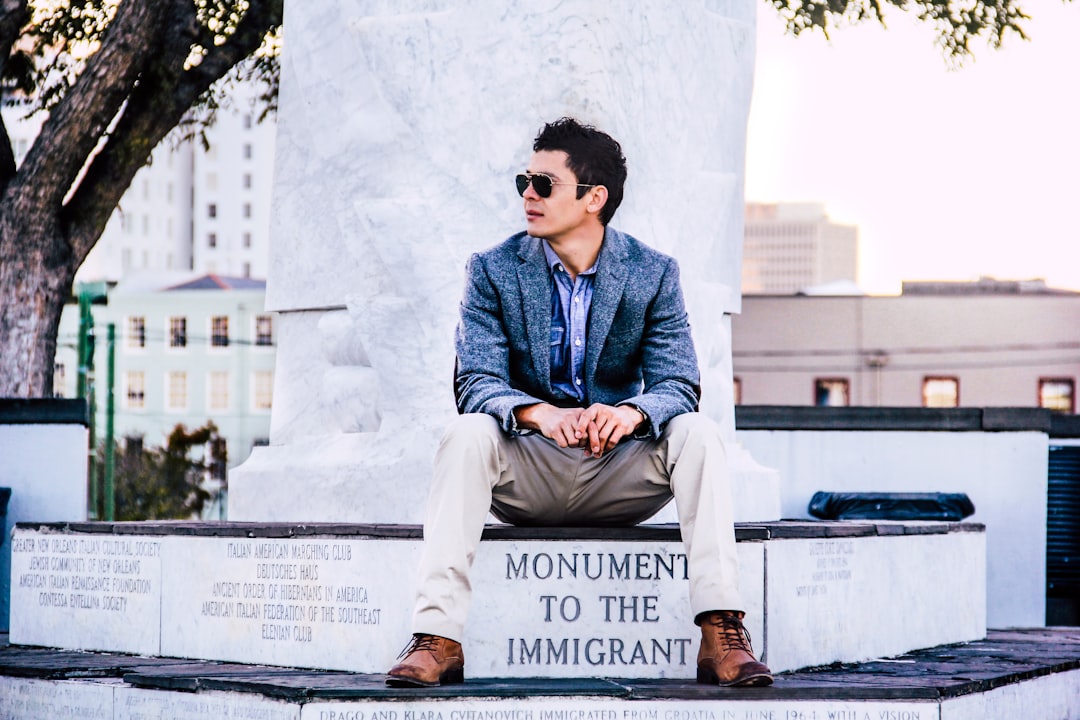
Exploring the Past: A Guide to Visiting Historic Monuments
# Introduction. Visiting historic monuments can be one of the most enriching experiences of travel, allowing you to step back in time and appreciate the artistry, culture, and history of different civilizations. These structures often tell stories of bygone eras, showcasing human ingenuity and resilience. Yet, exploring these monuments isn't just about admiring their beauty; it involves understanding their historical context and significance. In this post, we will discuss actionable tips on how to visit historic monuments effectively, ensuring that your experience is both educational and enjoyable. # Research and Preparation are Key. To make your visit to historic monuments worthwhile, thorough research is essential. Start by identifying which monuments you want to visit based on your interests. Are you fascinated by ancient history, or is modern architecture more your style? Consider the historical context, as well; some monuments may reflect significant events or societal changes in history that add depth to your visit. Next, check if the monument has any special accessibility requirements or visiting hours. Some places may have restricted access due to preservation efforts or guidelines for visitors that you should be aware of beforehand. Read reviews and travel blogs to gain insights from fellow travelers who may share useful tips or hidden details, such as engaging guides or local eateries nearby. # Packing Essentials for Monument Visits. When it comes to visiting historic monuments, packing appropriately can dramatically enhance your experience. Comfortable shoes should be a non-negotiable part of your attire; many monuments require considerable walking or exploring uneven surfaces. A small backpack can also be handy for carrying essentials such as water, snacks, a camera, and a notebook for jotting down thoughts or impressions. Don't forget to bring a local map or download a digital version if you're venturing into areas where Wi-Fi may be limited. Commonly visited monuments often have audio guides available, which can provide in-depth information during your visit; if you plan on using one, consider bringing headphones. Additionally, having a physical guidebook can be advantageous as it won't run out of battery and can be a valuable keepsake. # Time Your Visit Wisely. Choosing the right time for your visit can significantly alter your experience. Weekdays are generally less crowded than weekends, and early morning or late afternoon visits can offer a quieter atmosphere. Additionally, consider the season; many monuments may be less enjoyable in extreme weather, while the spring or fall offers a more temperate climate and beautiful natural backdrops. Look out for any events or special tours that may be happening during your visit. Some monuments host reenactments, special exhibitions, or night tours that can provide unique insights. This not only enriches your understanding but can also make for some intriguing photographs, adding a personal touch to your adventure. # Engage with Local Culture and History. While the monument itself is a focal point, don't forget to explore the surrounding area. Many historic sites are situated in culturally rich neighborhoods. Take time to explore local cuisine, visit nearby galleries, or interact with locals who may offer fascinating stories about the monument's history. Guided tours can also enhance your experience. Engaging with a knowledgeable local archaeologist, historian, or tour guide can provide context and stories that you may miss when exploring alone. Make sure to ask questions as they can lead to an even better understanding and appreciation of the monument's significance. # Respect and Contribute to Preservation Efforts. As visitors, taking care to respect the monuments can contribute significantly to their preservation for future generations. Familiarize yourself with any specific guidelines or rules the site has in place. For instance, many historic sites prohibit flash photography, climbing on structures, or even touching certain elements. Additionally, consider contributing to preservation efforts. Many sites have donation boxes or membership options that help maintain and restore these incredible pieces of history. Being mindful and respectful towards these sacred sites helps keep them safe and beautiful for not only future visitors but also for ongoing education. # Conclusion. Visiting historic monuments is like holding a portal to the past, allowing you to connect with history in a tangible way. By preparing for your visit, being respectful, and taking the time to engage with the surroundings, you can turn a simple trip to a monument into a rich and rewarding experience. With these tips, you'll not only deepen your understanding of the world around you but also create lasting memories that enhance your appreciation for the diverse cultural heritage that shapes our present. .








